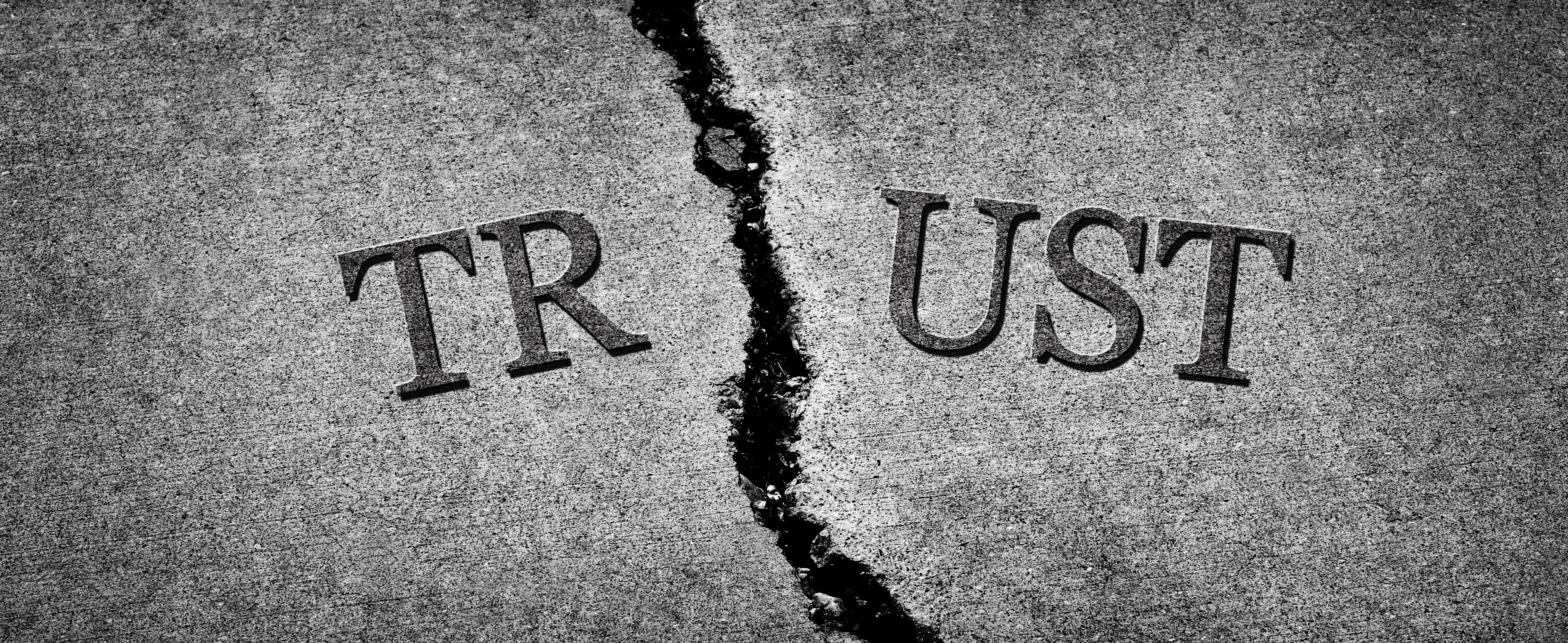According to the article “Culture and the Myth of the Black Box” published by Deloitte, “In fact, culture is not a ‘soft’ issue created by cheerleading, posters or picnics. Culture can be explicitly defined, and it generally develops out of tangible (and controllable) actions within a company, not in a murky black box. Moreover, its implications for corporate performance are real and can be substantial. Research from Denison Consulting concludes that companies demonstrating higher levels of performance in key areas of corporate culture, including adaptability, consistency, mission and involvement, deliver better results when it comes to return on assets, sales growth and increased value to shareholders.1 This finding builds on J. Kotter’s and James Heskett’s landmark 1992 study,2 which found that, over a 10-year period, companies that intentionally managed their cultures outperformed similar companies that did not.”
I define culture as simply “how you do things.” If you want “things” or the goals in the organization to be achieved and done so with success, you’ll have to be intentional in building a culture of collaboration, communication, and cooperation. This not only requires you to experience productive discomfort, but it also requires you to engage in uncomfortable conversations along the way.
Case Study:
I recently worked with a first-time CEO looking to evaluate his current culture against the climate of the Me Too and Black Lives Matter movements. He had a feeling that things were well. He had done all the right things, including sending out a communication to staff about how the murder of George Floyd was an affront to everything he believed and that he too stood with Black Lives Matter, and that the company would ensure that all employees felt respected, heard and included. Not only did this align with his personal “why,” but it also meant alignment with the organization’s “why,” which ultimately would make the work much easier.
I was able to engage my traditional discourse of evaluating the company culture of tools, processes, systems and people, and as it turned out, there were some real opportunity areas as it related to the two groups he felt organizationally had performed well: women and people of color.
Yes, I called his baby ugly-ish. There was work to be done, but it was clearly achievable.
I provided him with a debrief and answered his specific questions without revealing the names of sources, including those who willingly opened up in 1:1 and group conversations about their experiences in the organization. This feedback aligned with the data analysis aspect of our work which pointed to real opportunities in hiring, onboarding, engaging, training, developing, and promoting these groups in particular.
He felt confident in our recommendations for moving forward. Therefore, we engaged the C-Suite team individually through interviews and finally as a group. They, too, confirmed the findings. However, it is not what took place during the meeting that impacted the culture. It’s what occurred after the meeting.
Among many unraveling behaviors, the most damaging had to be when the CEO took it upon himself to go ask employees if they had made specific or generalized comments that I summarized in our findings.
STOP: What message was he sending to employees and leaders by his actions?
Not only did this upend any trust that he was garnering as a new CEO, but he also created even further chaos and misunderstandings about the process we meticulously outlined to gain trust for our process, ourselves, and his leadership. Processes he initially agreed to.
Any tiebacks to impact the footprint of the culture had been all but destroyed. A CEO who is unwilling to accept feedback that challenges his worldview and who will roll up his sleeves to do the work will have a leadership team that does likewise. He did not last long as CEO.
STOP: What is the implication for the culture?
Culture work requires senior leaders to be willing to submit themselves to the process of change. To tie their personal “why” to the organization’s “why” and to guide conversations at the leadership level to create strategies that ensure the successful achievement of goals. To lean into discomfort and successfully press through change to achieve goals.
GO: Leaders who inspire and motivate their teams do so by creating strategies and collaborative opportunities to leverage the broader vision in the organization and by reinforcing organizational values.
This collaboration results in different people coming together to achieve a common goal – to execute. Those individuals will come to the table with different world views, different experiences, and different ideas of what success looks like. This type of collaborative work challenges us and pushes us outside of our comfort zone – leading to some degree of disagreement and conflict.
Executives at the senior-most level must be prepared to help themselves, and others push beyond the discomfort of the conflict (whether internal due to our own biases or from external inputs) to allow the shifts to get easier and therefore recognized as productive discomfort. The resulting print upon the culture is how the organization learns to work through conflict and strengthen the culture to execute goals.
But how does an executive impact the culture of the organization? First, you have to understand, define or redefine your desired purpose-driven culture – why the organization exists – and what competitive advantage you are seeking to obtain or retain. Then, build trusting relationships, gain the buy-in of your people (staff, customers, leaders, etc.), and reinforce through your policies, processes, and practices.
Until next time,




